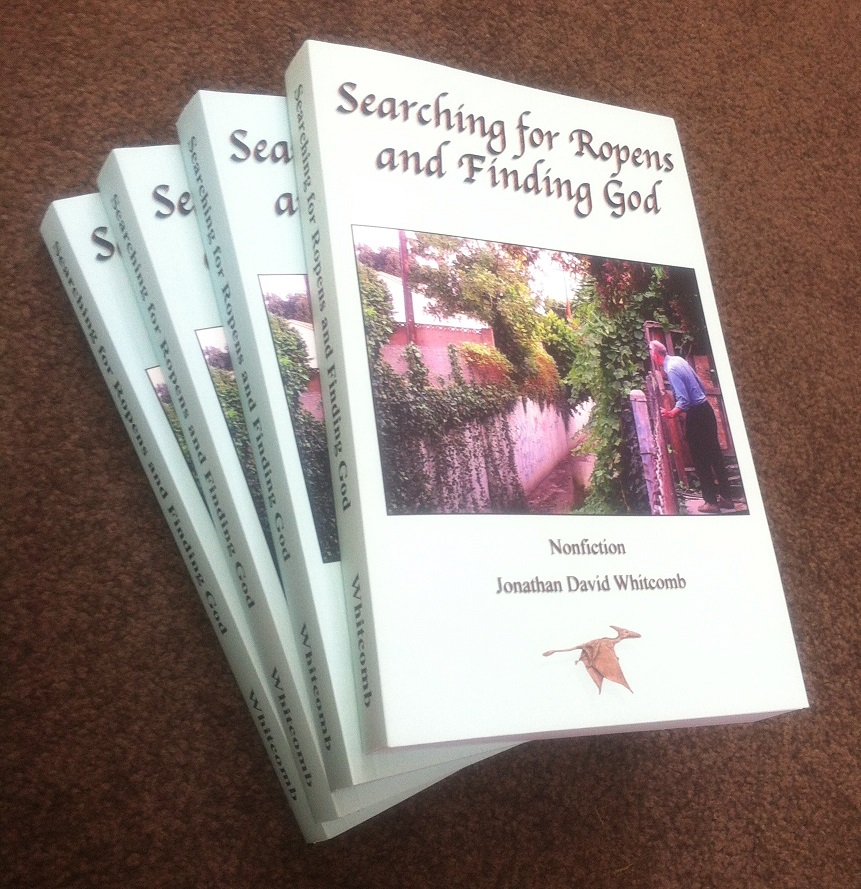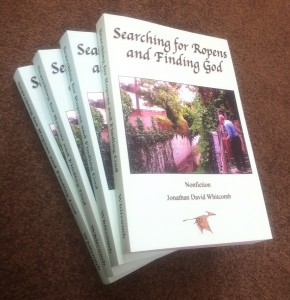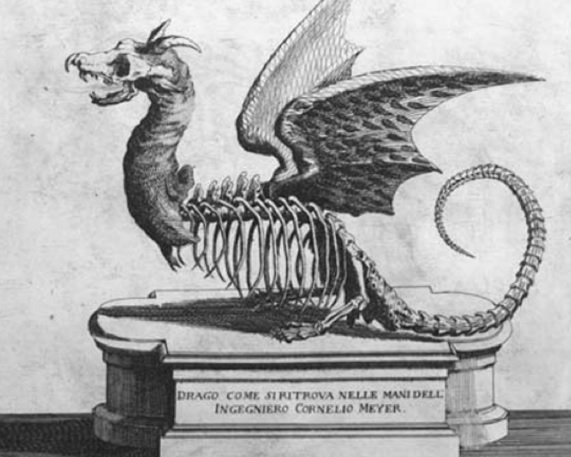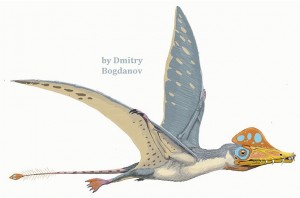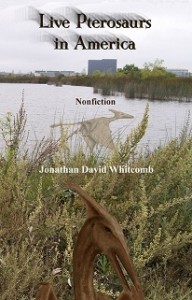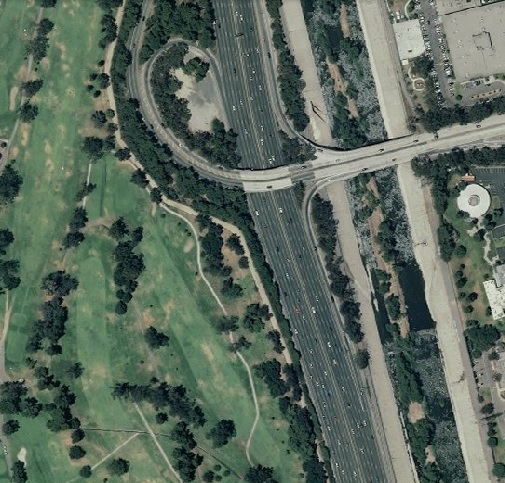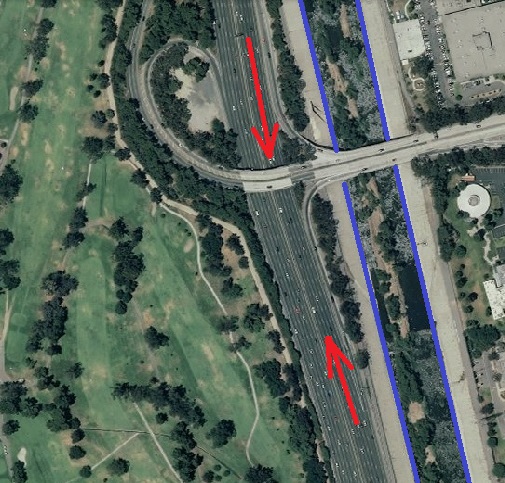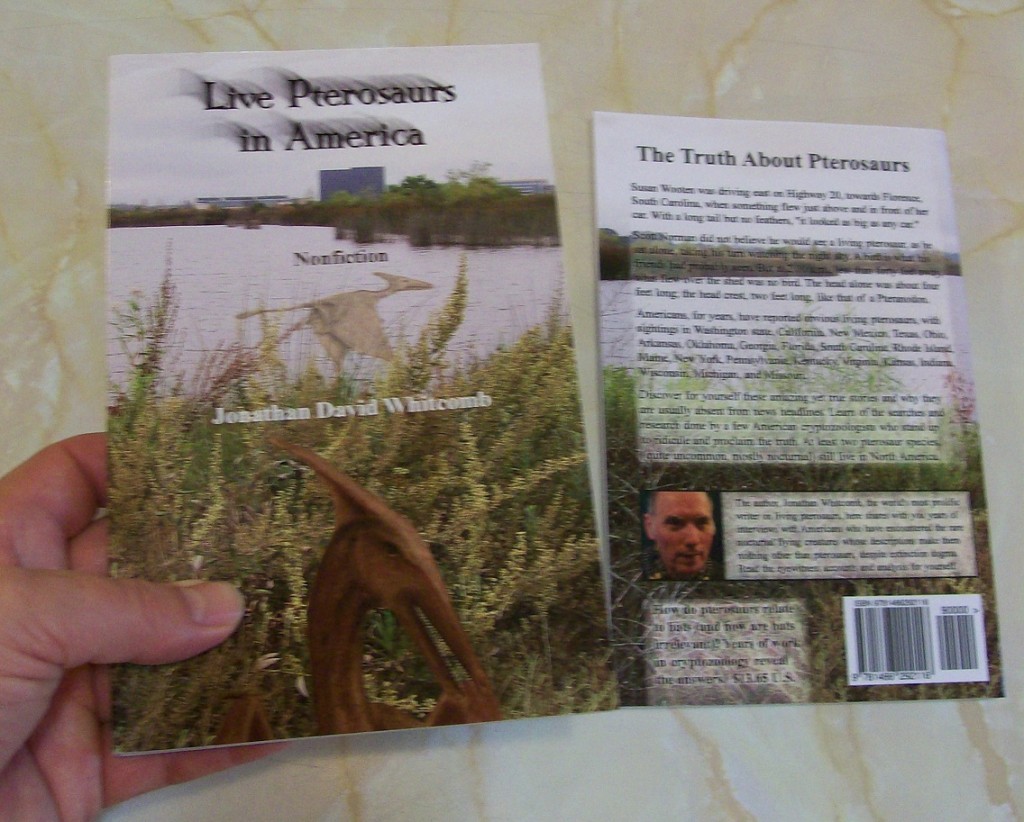Reports of living pterosaurs, also called pterodactyls, come from many parts of the world, including North America. Let’s examine just a few of the many reports from this continent, using the nonfiction book Searching for Ropens and Finding God as the major reference.
Page 87 of the book (Jonah Jim’s sighting on Umboi Island)
Although this sighting was in the southwest Pacific, rather than in North America, it ties together the pterosaur appearance and the apparent bioluminescent glow of at least some of these strange flying creatures.
During an outdoor family gathering one night, this young man saw the ropen not as a vague, distant light but as a creature—close. In addition to the glow, he saw the long tail. I recorded no notes, for his description resembled Gideon’s, but later I would realize how important was Jonah Jim’s testimony: The glow that flies around at night is the same kind of long-tailed creature seen by Gideon and his friends. We had assumed that; now direct eyewitness testimony made it obvious.
Now let’s look at North America:
Page 165 (sighting in Canada)
. . . across the river from Detroit, in April of 2012, about one hour after sunset, a man saw something like a flying bat, but it was six times too big and it had a long tail. He sent me an email just a few hours after the sighting—I’ll call the eyewitness “DK.” He impressed me with his objectiveness: During our email exchanges, he kept searching for some way that he might have misidentified a non-ropen for what had looked more like that cryptid than anything else.
Page 163 of the book (encounter in Mexico)
I received the following Youtube message in 2007:
“ok. we are from Guadalajara jalisco in mexico… my inglish its a little bad… here in Guadalajara are ‘la barranca de huentitan’ search in google , its a canyon…
“at that time she lived near the site… she was with her mom at dusk, the two frightened by what they saw, just describe it as something very large and with a long tail it was flying in circles not far from them, she said that gave them a lot of fear and they get in to his house, obviously was not a bird or anything they have seen before, and what they remember most is a long tail, shaped diamond at the end.”
Page 183 (sighting at night in Virginia)
“I was seventeen at the time of this encounter. It was very late at night . . . I have no plans to be held in ridicule by my family, friends or the general population for that matter. I would REALLY like a logical explanation for what I saw . . . in the summer of 1999. [I’m] open to the possibility that there is another explanation . . . it was certainly not in my imagination, as there were two of us who saw, felt and heard something that night.
“I went swimming with a friend at a local reservoir where there was a tree with boards nailed into it for a ladder and a plank for a diving board. . . . located in the back of a U-shaped inlet . . . My friend went back there along the edge of the waterline trying to locate [the tree]. . . . I was standing straight up in the middle of the U section with the water about as high as my hips . . .
“It came from the direction of the moon and . . . all I saw was its silhouette. I could see it was big even before it was close. . . . [It] mostly glided but it came very fast. “I have not before nor since ever been so petrified in my life. . . . I felt incapable of moving my legs. I just stood there, facing it until it literally got about 20 to 30 feet away and it ‘stopped’ and hovered . . .
“The wings were somewhere between 15 and 20 feet wide . . . bat shaped without feathers, the head’s silhouette looked like a point . . . but what I was looking at more than anything else was its large, sharp talons. Right before it started hovering, in those few seconds I had, I thought it was going to pick me up.”
From the size of this nonfiction book, Searching for Ropens and Finding God, it has been labeled “the Bible of modern pterosaurs.”
.
###
Five Eyewitnesses of Pterosaurs in Cuba
. . . four kids, in three separate sighting encounters, saw a large flying creature that was most likely the same species as the two that would be seen in 1971 by the U. S. Marine Eskin Kuhn.
Sightings of Pterosaurs in and Around Kentucky
Last July, I was visiting my friend at his home. It was just a little after sunset, so it was still daylight outside. . . . We were outside, sitting on his deck . . . My friend shouted . . . ‘what in the blue h*** is that?’ Approaching us from the east . . . were two very large animals. . . .”
. . . something HUGE above me in the sky. It looked like a pale greenish white and smooth-skinned. It didn’t appear to have any feathers, and it had the tail with the diamond shape on the end. . . . I just looked up the Rhamphorhynchus . . .
.

